The Women’s Big Bash League (WBBL) is Australia’s premier domestic Twenty20 cricket league for women, attracting top talent from around the globe. Since its inception in 2015, the league has grown exponentially in popularity and competitiveness. One of the critical aspects of the WBBL’s format is its qualification structure, which determines how many teams advance to the playoffs and compete for the championship title.
In this article, we delve into the WBBL qualification process, exploring how many teams qualify, the playoff format, key trends, and strategies teams use to secure a spot in the crucial knockout stages.
WBBL League Format
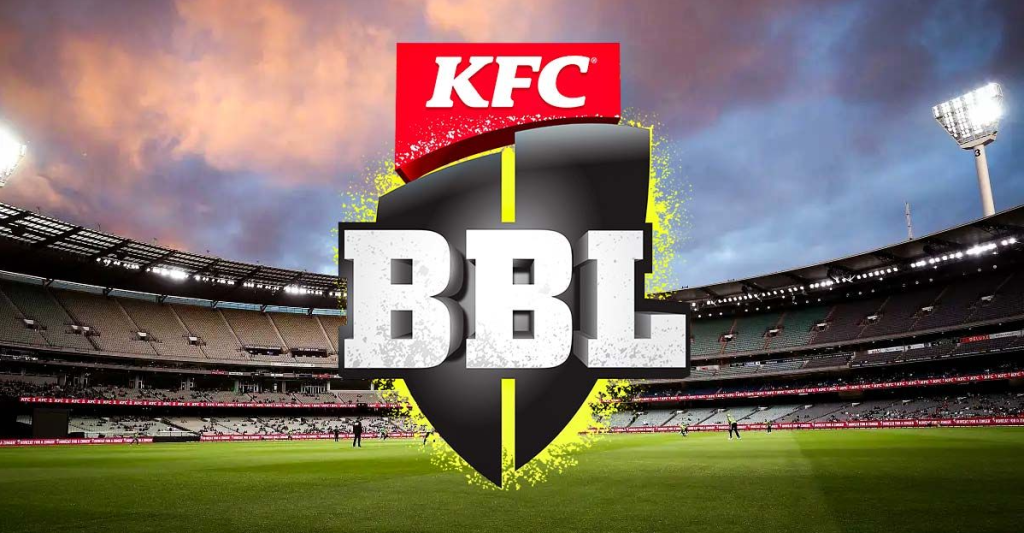
The WBBL consists of eight teams, each representing major Australian cities. These teams are:
- Adelaide Strikers
- Brisbane Heat
- Hobart Hurricanes
- Melbourne Renegades
- Melbourne Stars
- Perth Scorchers
- Sydney Sixers
- Sydney Thunder
Each team plays a double round-robin format during the league stage, meaning they face every other team twice (home and away games). This results in a total of 14 matches per team, making the league stage highly competitive.
Qualification Structure
In the WBBL, the top four teams from the league stage advance to the playoffs. The standings are determined by the following criteria:
Points: Teams earn points based on their performance:
Win: 2 points
No Result/Tie: 1 point
Loss: 0 points
Net Run Rate (NRR): If two or more teams have equal points, NRR is used as the tiebreaker.
Head-to-Head Record: If teams remain tied even after NRR, their head-to-head record determines the rankings.
WBBL Points Table Format
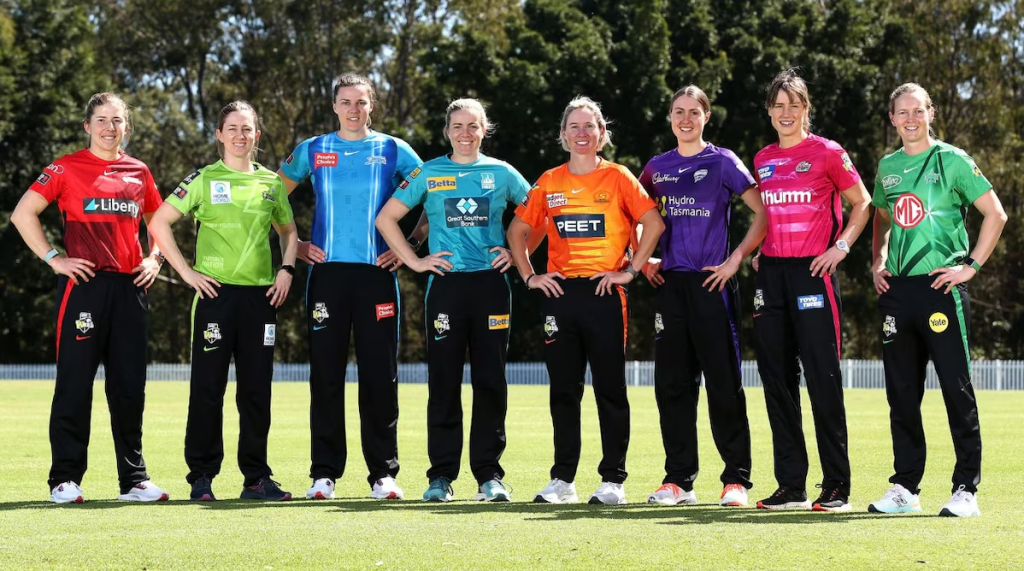
| Rank | Team | Matches Played | Wins | Losses | Ties/NR | Points | Net Run Rate |
|---|---|---|---|---|---|---|---|
| 1 | Team A | 14 | 10 | 4 | 0 | 20 | +1.234 |
| 2 | Team B | 14 | 9 | 5 | 0 | 18 | +0.876 |
| 3 | Team C | 14 | 8 | 6 | 0 | 16 | +0.543 |
| 4 | Team D | 14 | 8 | 6 | 0 | 16 | +0.321 |
| 5 | Team E | 14 | 7 | 7 | 0 | 14 | -0.234 |
Playoff Format
The WBBL playoffs follow a straightforward format involving three matches:
1. The Eliminator (3rd vs. 4th)
- The third-ranked team faces the fourth-ranked team in a knockout match. The winner progresses to the Challenger.
2. The Qualifier (1st vs. 2nd)
- The top two teams face off, with the winner earning a direct spot in the Final.
- The losing team gets another chance in the Challenger.
3. The Challenger
- The loser of the Qualifier plays the winner of the Eliminator.
- The winner of this match advances to the Final.
4. The Final
- The winner of the Qualifier meets the winner of the Challenger in the championship match to determine the WBBL champion.
WBBL Playoff Structure
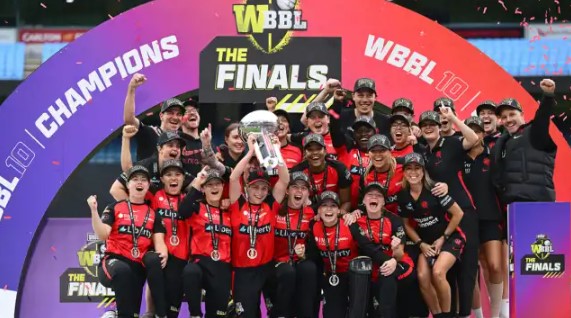
| Match | Teams Involved | Outcome |
|---|---|---|
| Eliminator | 3rd vs. 4th | Winner progresses to Challenger |
| Qualifier | 1st vs. 2nd | Winner advances to Final, loser to Challenger |
| Challenger | Qualifier loser vs. Eliminator winner | Winner advances to Final |
| Final | Qualifier winner vs. Challenger winner | WBBL Champion |
Trends In WBBL Qualification
The qualification process in the WBBL has consistently showcased the depth and competitiveness of the league. Here are some notable trends:
1. Dominance of Top Teams
- Teams like the Sydney Sixers, Brisbane Heat, and Perth Scorchers have frequently finished in the top four due to their consistent performances and strong squads.
2. Emerging Teams
- Teams like the Adelaide Strikers and Melbourne Stars have demonstrated their growth, challenging established powerhouses and making playoff appearances in recent seasons.
3. Importance of Net Run Rate
- Several seasons have seen teams tied on points, with NRR playing a decisive role in determining the top four. Teams often prioritize maintaining a healthy NRR even in losing situations.
Teams With Most Playoff Appearances (as of recent seasons)
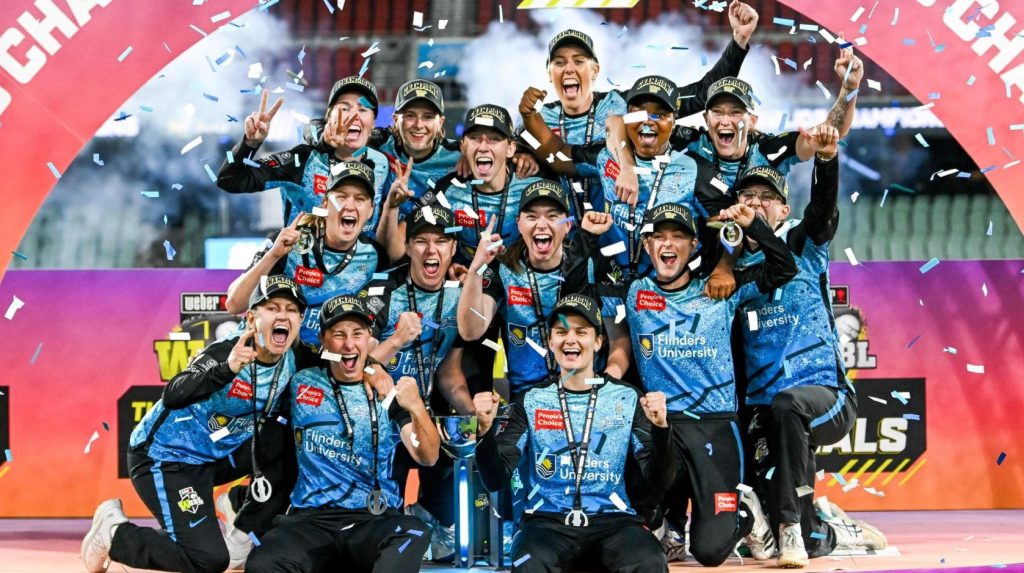
| Team | Playoff Appearances | Titles Won |
|---|---|---|
| Sydney Sixers | 7 | 2 |
| Brisbane Heat | 6 | 2 |
| Perth Scorchers | 6 | 2 |
| Sydney Thunder | 5 | 2 |
Strategies For Teams To Qualify
Securing a playoff spot in the WBBL requires a combination of individual brilliance, strategic planning, and team cohesion. Here are some key strategies:
1. Maximizing Home Advantage
- Teams aim to dominate their home games, where they are familiar with the pitch and conditions.
2. All-Round Performances
- A balanced squad with reliable batters, wicket-taking bowlers, and sharp fielders is crucial.
3. Building Momentum
- Teams that start strong in the league stage often carry their momentum into the playoffs.
4. Targeting Key Matches
- Winning games against direct competitors for playoff spots is a priority for most teams.
Key Metrics For Successful Teams

| Metric | Ideal Performance |
|---|---|
| Win Percentage | Above 60% |
| Net Run Rate | Positive (+0.500 or higher) |
| Star Player Impact | Regular contributions |
| Bowling Economy Rate | Below 7.0 |
Challenges In The Qualification Process
The WBBL’s qualification structure presents challenges for teams and players alike:
1. Tight Scheduling
- The league stage’s packed schedule requires teams to manage player workloads effectively.
2. Weather Interruptions
- Rain-affected matches can disrupt momentum and alter league standings.
3. Depth in Squads
- Injuries or international commitments can test a team’s bench strength.
The WBBL’s qualification process, which allows the top four teams to advance to the playoffs, ensures that every match in the league stage holds significance. This competitive structure has made the WBBL one of the most exciting cricket leagues in the world, consistently producing thrilling finishes and showcasing the best talent in women’s cricket.
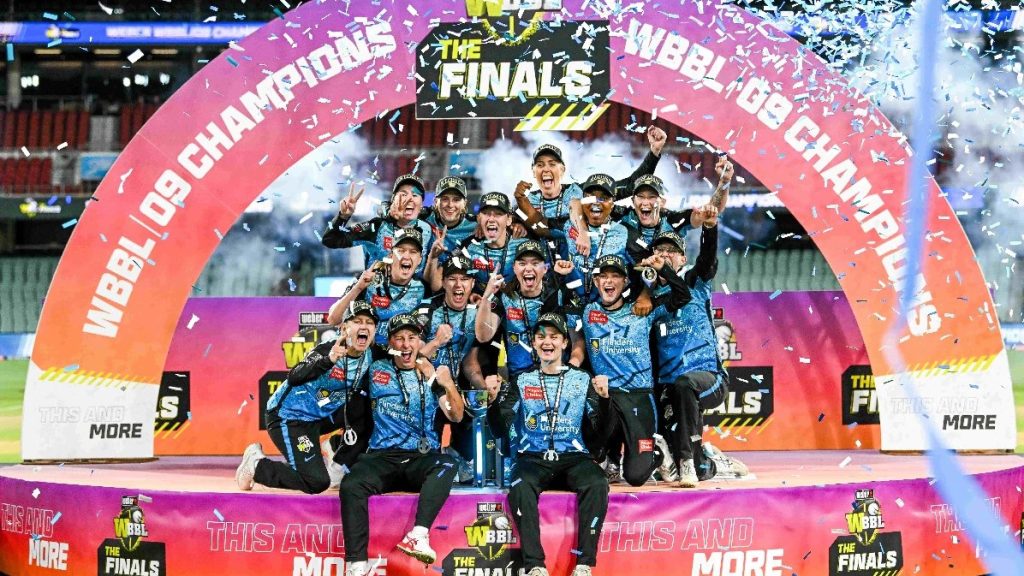
As the league continues to grow in stature, fans can look forward to even more intense battles for those coveted top-four spots. Whether it’s the dominance of established teams or the rise of new challengers, the WBBL never fails to deliver unforgettable moments.

